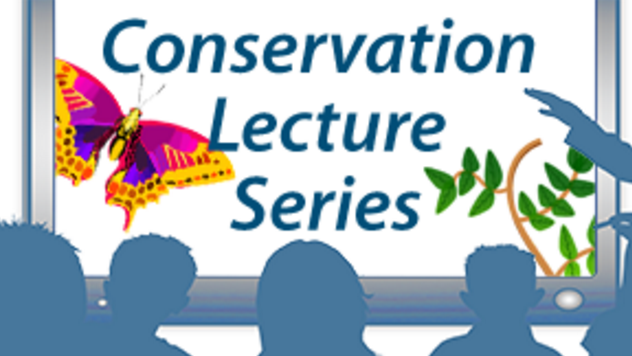Concerns from Cannabis Cultivation on California's Forest Lands : CDFW Conservation Lecture Series
on Friday, June 23 2017 @ 10:00 AM - 12:00 PM

CDFW Conservation Lecture Series
The Conservation Lecture Series is organized by CDFW’s Habitat Conservation Planning Branch. The lecture series is designed to deliver the most current scientific information about species that are of conservation concern. Lectures are open to anyone who is interested in participating. Participants may attend in-person or remotely via webinar. Please be sure to register for each class. ### Canary in the Cannabis Field: How the Fisher Illuminated the Conservation Concerns from Cannabis Cultivation on California's Forest Lands- June 23, 10:00-12:00 pm Presented by Dr. Mourad Gabriel
Prior to 2012 the discussion surrounding marijuana cultivation was charged politically, emotionally and sensationally. One point that was missing from debates was the environmental costs stemming from marijuana cultivation. Unfortunately, research, data or any outside knowledge describing the environmental impacts from marijuana cultivation on public lands prior to 2012 was extremely limited.
It wasn’t until that year, when a foundational paper on exposure to and mortality from pesticides found at marijuana cultivation sites in a rare forest mesocarnivore, the fisher, brought this issue front and center in the main-stream conversations. This paper generated national and international media coverage which initiated and, in many instances, forced candid discussions within governmental agencies and communities on the topic of marijuana cultivation and its environmental footprint. Additionally, data gathering on the topic was slow due to the lack of supportive mechanisms to continue this work. It was not until a Section 6 grant by the United States Fish and Wildlife Service administered by California Department of Fish and Wildlife allowed the continuation of data efforts. These efforts not only indicated that cultivation threats to fishers were not dissipating, but clearly demonstrated water, soil, vegetation, ESA listed and game species contamination from pesticides used at these sites. The collection of this data also fortified a more cohesive stakeholder discussion on the matter. Though the topic initially appeared to be polarizing, once additional scientific data demonstrated numerous affected factions, a common thread of engagement was directed towards wildlife conservation efforts.
…